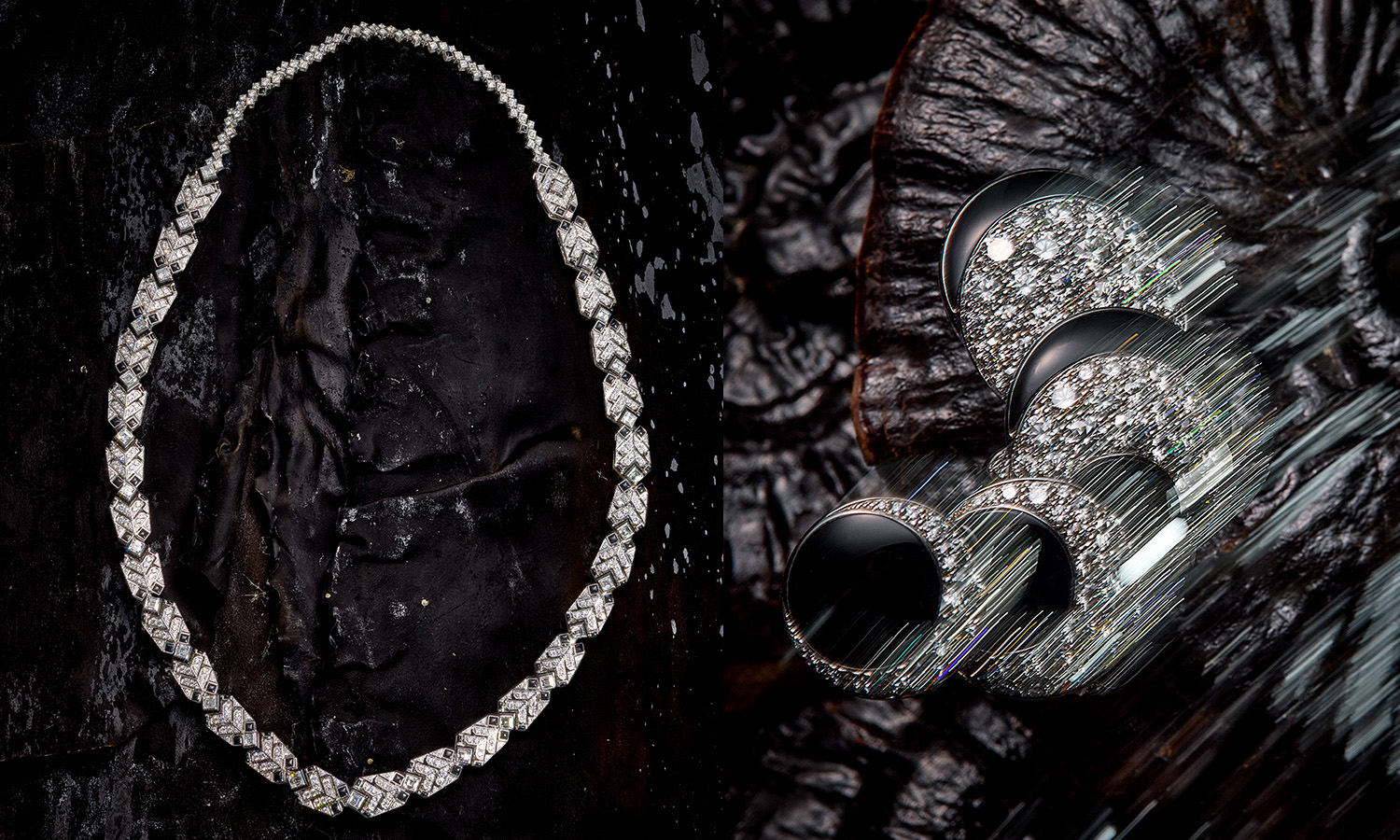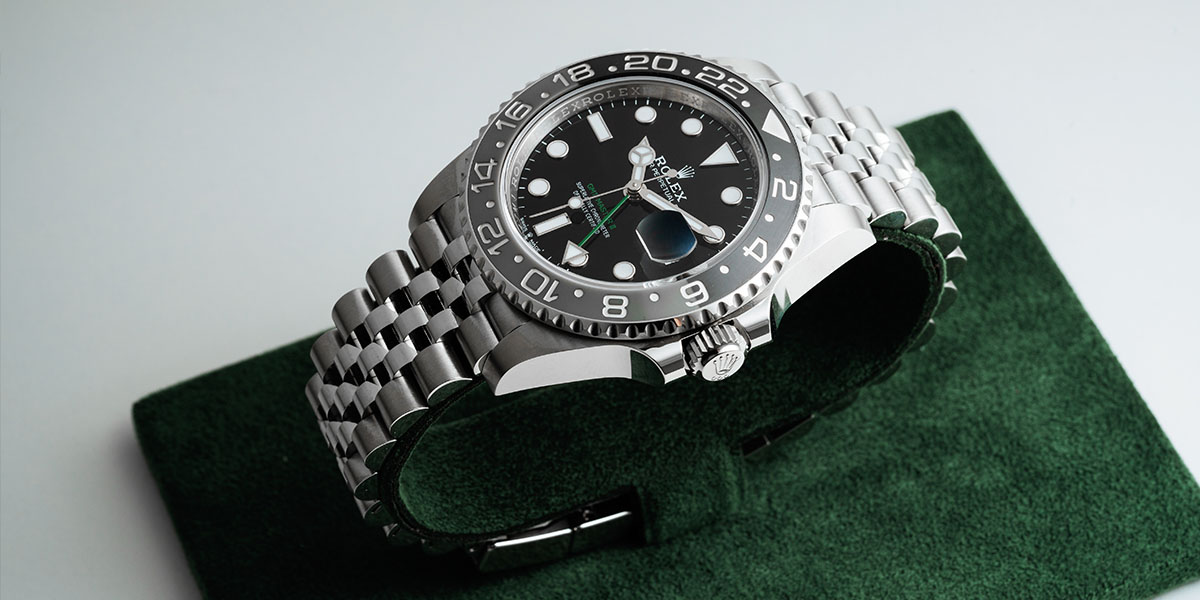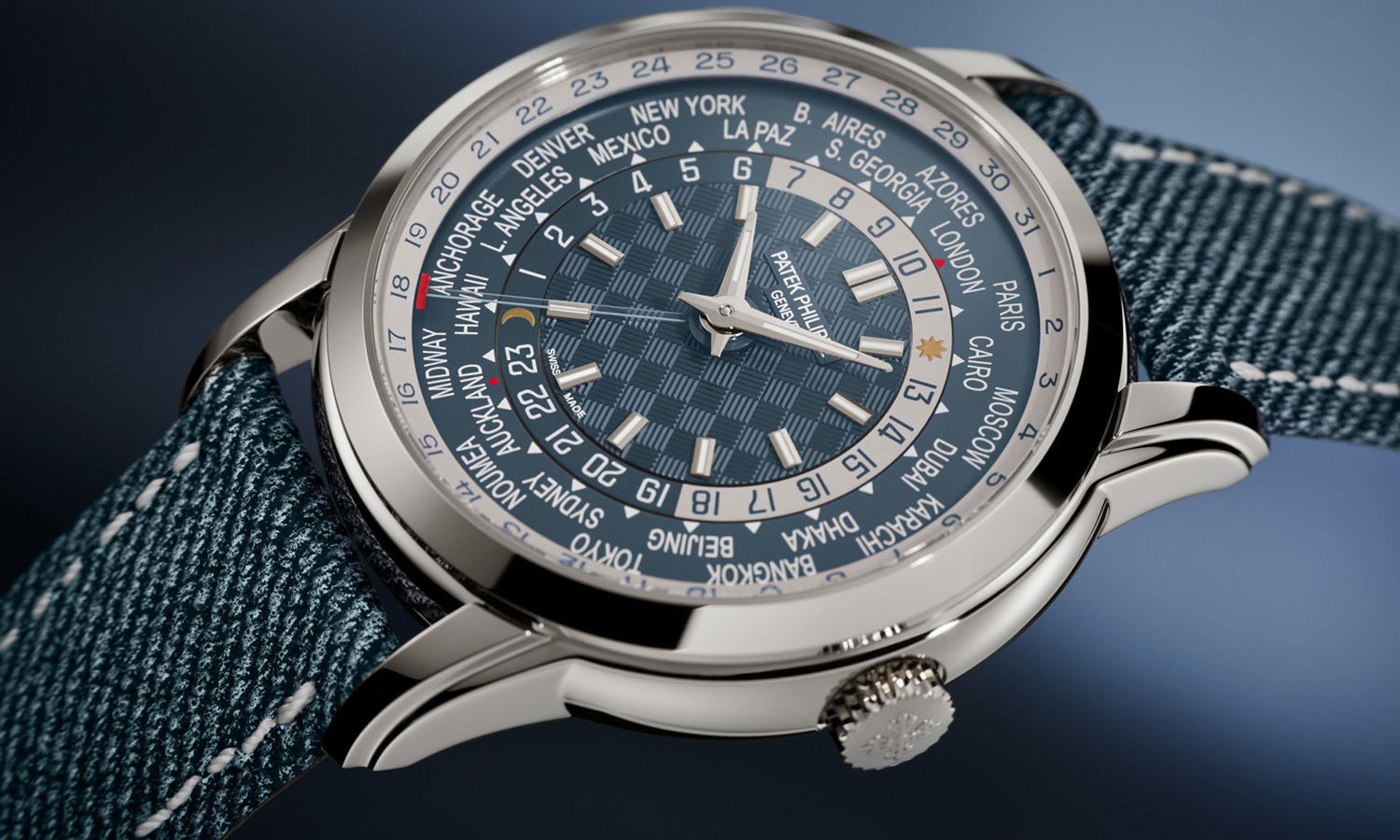
Bold And Bronze: The Staying Power Of A Not So New Material
As a material, does bronze have an imposing history playing an essential role especially from around 3300 till 600 BC. During this period, which is even named the Bronze age, was the alloy made from combining tin with copper. Today these are still the main ingredients although in watchmaking, often alluminium is added as well. The advantage of bronze is that it is very malleable and also less brittle than, for example, cast iron, so perfect for making a great variety of different objects. As the material is very resistant to corrosion from seawater, it has also played a particularly important role in maritime history.
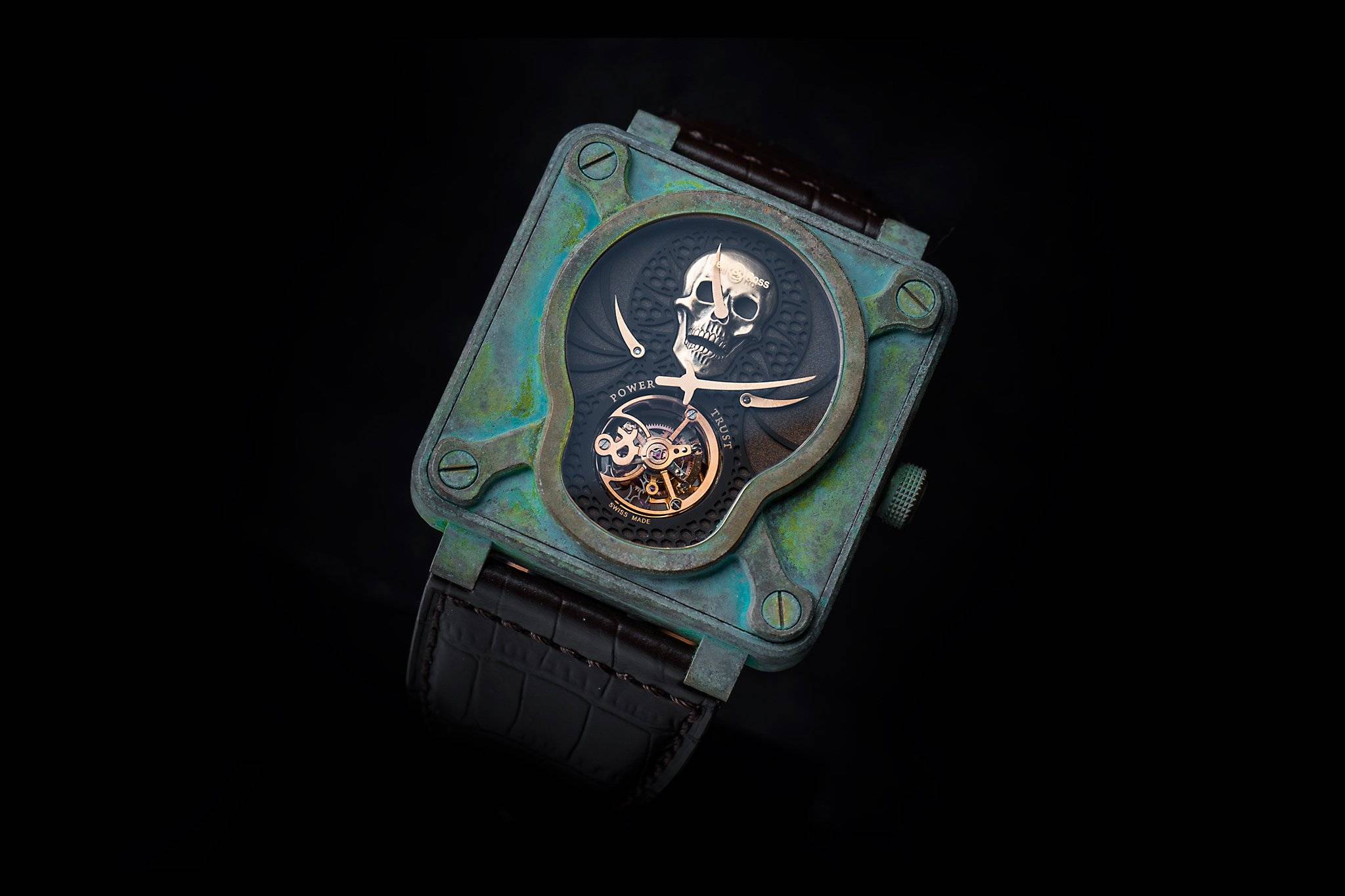
In watchmaking, bronze was not commonly used at all. The first to launch a bronze cased watch on the consumer market was Gerald Genta. The watch designer and -manufacturer, who became a legend when he penned down the Royal Oak for Audemars Piguet and the Nautilus for Patek Philippe, used this material in the Gefica Safari. This watch was inspired by African culture and the beauty of its landscape and even came with a (now probably controversial) strap made from elephant leather. Genta was most certainly ahead of the curve, as it would still be quite some time before more brands would produce watches with cases made from this material.
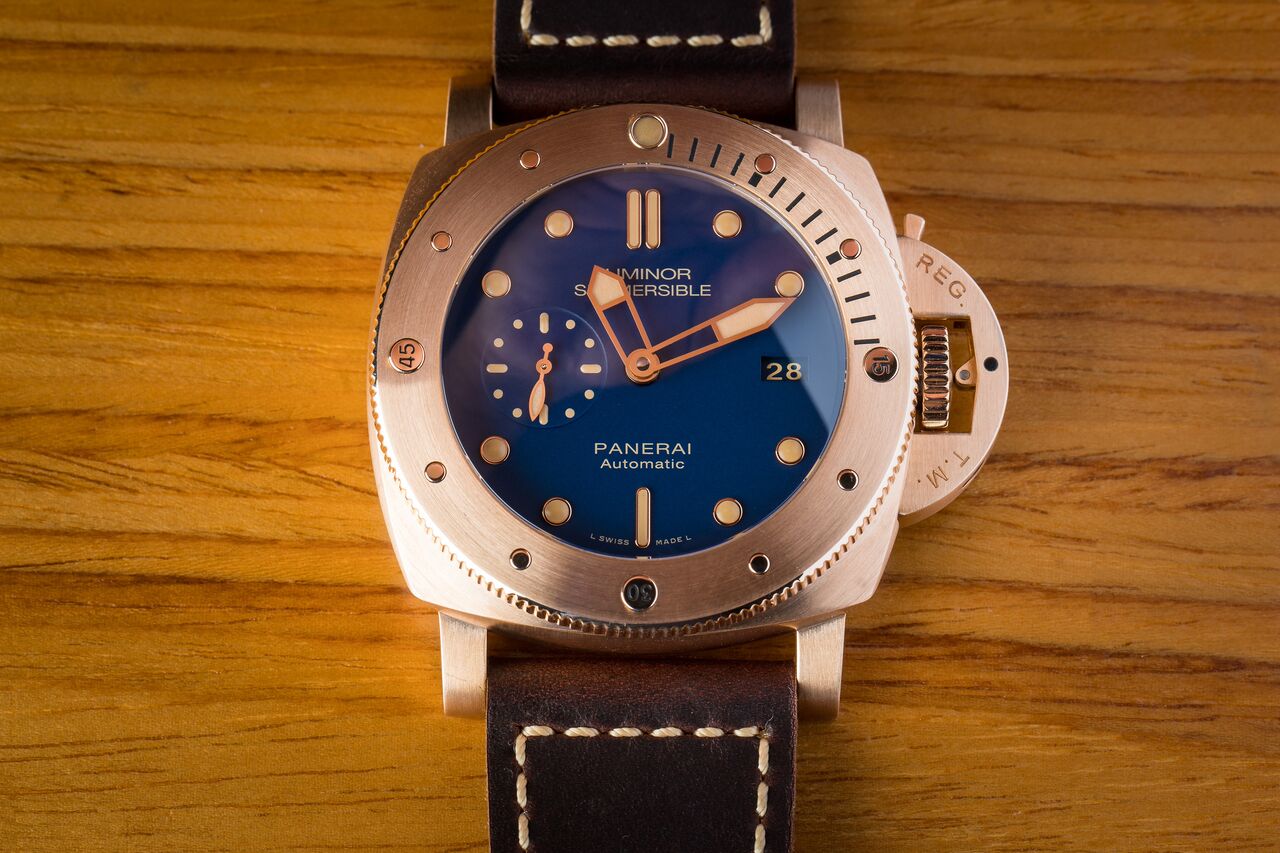
Panerai started in 2011 with adding bronze cased watches to their collection. The brand has a close relationship with the sea, and this is especially evident in the Submersible collection. The bronze gives these watches a unique appearance. When they are new, they have a warm and rich gold tone, but as it ages and is exposed to the elements, the bronze takes on a patina. This form of oxidation creates a thin layer that protects the metal below from further corrosion. The way that this process happens is unique with each watch, which makes the material very interesting for watch connoisseurs and explains why it is currently quite popular.
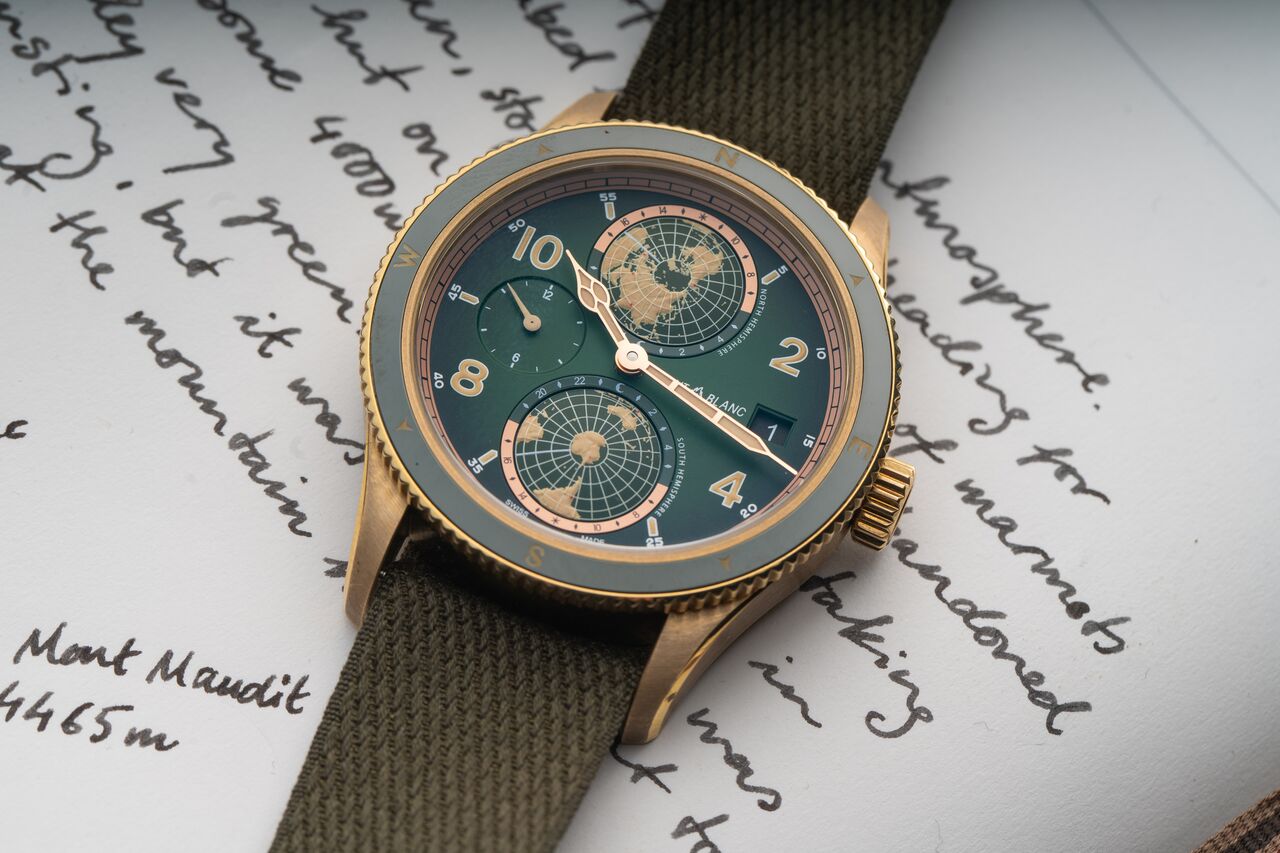
While bronze makes especially sense as a material of choice for diving watches, due to their natural resistance against saltwater corrosion, today’s pallet of timepieces with a case made from this particular alloy is much broader. Montblanc took a similar approach as Gerald Genta all those years ago and created within the 1858-collection a series of watches aimed at exploring mountains. By giving it a slightly vintage design, they really know how to capture the style of years long gone. The same can be said of the Zenith Pilot Type 20 Extra Special Bronze. This watch gets a lot of flair from its oversized onion crown, and its appeal will only grow with the years, as its case develops its own unique patina.
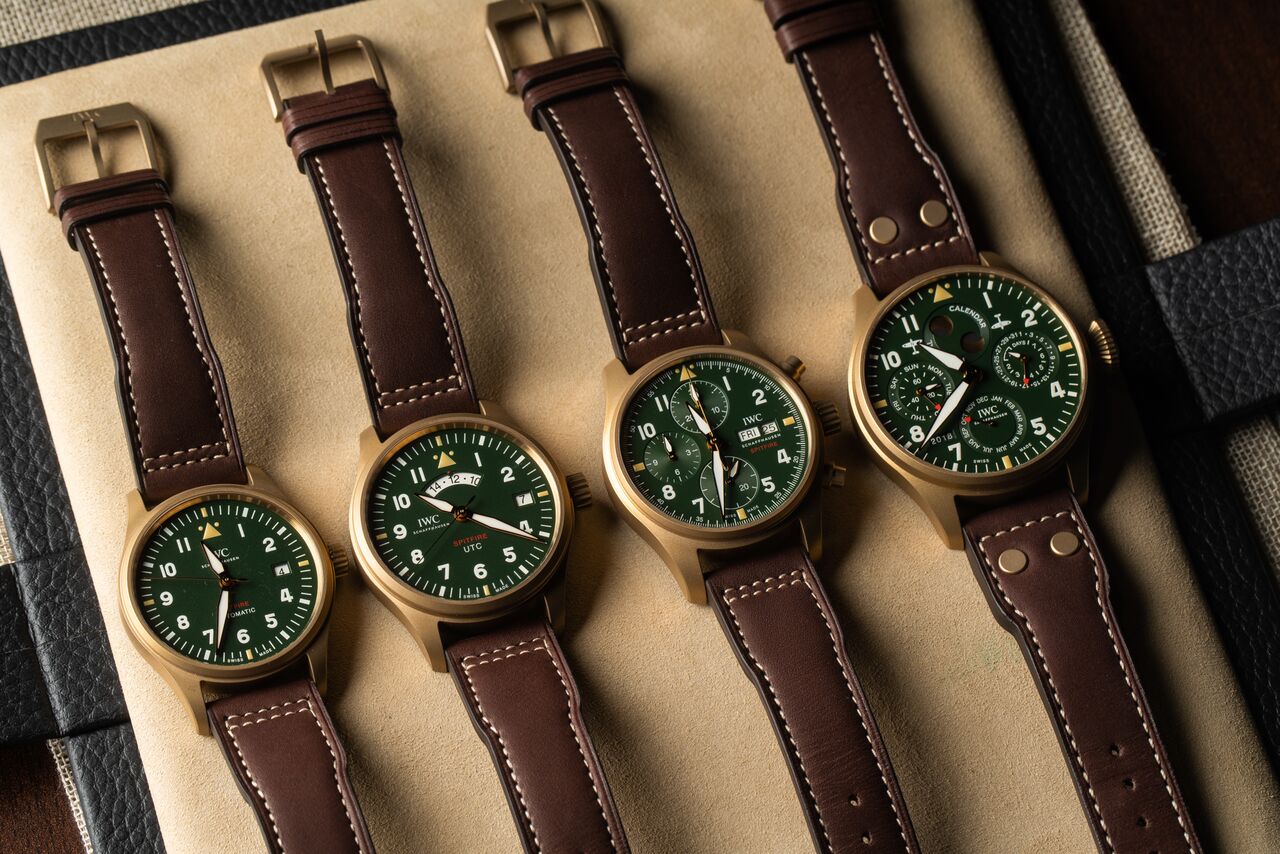
This is probably also why IWC opted to use bronze as a case material for a range of Pilot’s Watch Spitfires. The material offers little added advantage for a pilot’s watch, as it does for a diver, but it looks so good. As green is the predominant color that the patina will take on, IWC selected green dials. This gives the Pilot’s watches a completely new look, while their recognizability is maintained. It is also a testimony to the position that bronze has achieved within the watch industry. While it will probably never replace stainless steel, it has shown considerable staying power, and will most likely be able to maintain a niche of its own.
 SIGN UP
SIGN UP


